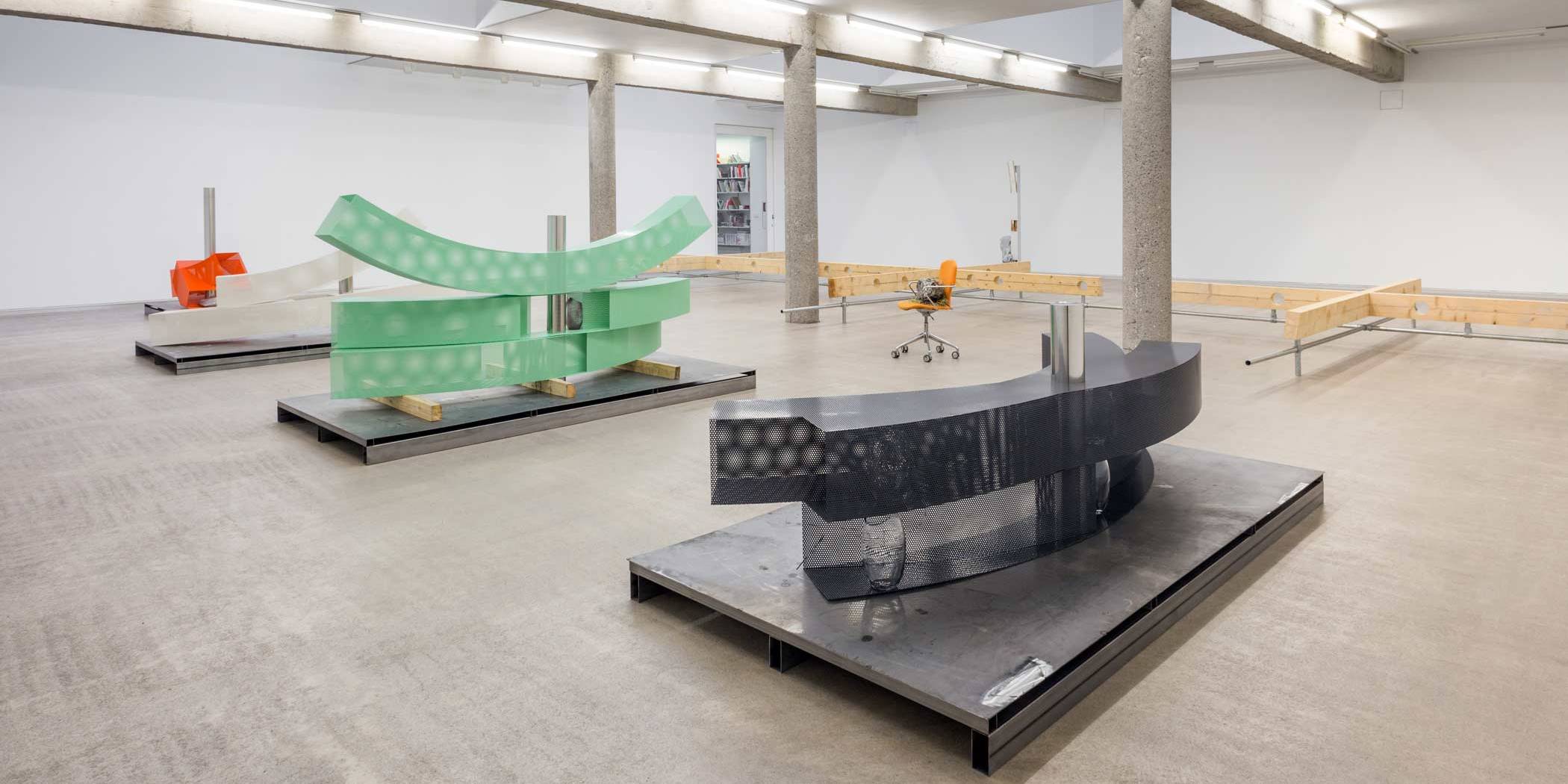
Geometric Sculpture: Precision, Structure, and Artistic Expression
Geometric sculpture is a form of visual art rooted in clarity, rhythm, and spatial order. It emphasizes lines, planes, angles, and repetition, often resulting in artworks that appear both minimalist and monumental. While geometric abstraction has been explored since the early 20th century, its relevance today is stronger than ever—particularly in large-scale public and architectural sculpture.
At Alfa Arte, we support artists and architects in developing and producing complex geometric sculptures with exacting technical standards. These works often demand advanced digital modeling, precision metalwork, and structural solutions capable of withstanding time and environment.
What Is Geometric Sculpture?
Geometric sculpture is defined by its use of regular shapes—such as cubes, spheres, pyramids, grids, or modular forms—and often relies on symmetry, proportion, and repetition to convey meaning. The artistic intent may range from mathematical purity to social symbolism.
Despite its apparent simplicity, this type of sculpture requires exceptional precision in fabrication and assembly. Any deviation in angle or proportion can affect both visual balance and structural stability.
Common Materials Used in Geometric Sculpture
While small-scale works may use wood or resin, most large-scale geometric sculptures are produced in metal due to its strength, malleability, and weather resistance. The most frequently used materials include:
-
Corten or carbon steel – for a raw, industrial aesthetic
-
Stainless steel – ideal for polished or mirror-finish effects
-
Aluminum – lightweight, suitable for large volumes and public installations
-
Bronze – when combining geometry with traditional patinas
Learn how we work with metalworking and technical structures
Explore our solutions for constructive and urban sculpture
From Digital Design to Fabrication
Due to the precision required, most geometric sculptures begin with a digital model. Artists may work in CAD software or 3D modeling environments, defining exact measurements and angles. This data is then used by technical teams to plan the cutting, bending, welding, and assembling of materials.
We assist artists from the design stage with digital modeling and 3D scanning
Once fabricated, components must be joined with extreme accuracy. Seamless welds, hidden joints, and perfect alignments are critical—not just for aesthetics, but also for structural integrity.
Geometric Sculpture in Public and Architectural Contexts
Geometric sculpture is frequently chosen for public spaces and architectural environments because of its ability to integrate visually with buildings, plazas, or landscapes. Its abstract nature allows for universal interpretation, while its bold forms establish a strong visual presence.
These installations often require:
-
Internal frameworks or foundations
-
Corrosion-resistant finishes
-
Transport and on-site assembly solutions
At Alfa Arte, we manage all aspects of this process—from technical engineering to international logistics—to ensure each sculpture arrives and stands exactly as intended.
Final Thoughts: Geometric Sculpture
Geometric sculpture is a union of logic and emotion, precision and expression. It demands both creative clarity and technical mastery. When executed properly, it speaks to audiences through proportion, rhythm, and presence—whether installed in a museum, plaza, or integrated within architecture.
At Alfa Arte, we help sculptors realize geometric concepts at any scale. With state-of-the-art digital tools, precision fabrication, and experience in large-scale installations, we are the technical partner behind the form.